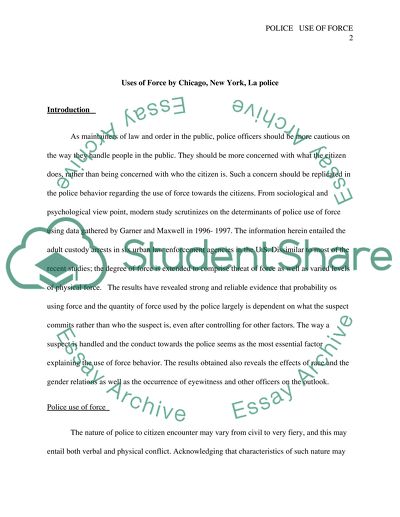Cite this document
(“Uses of Force by Chicago, New York, La police Research Paper”, n.d.)
Retrieved from https://studentshare.org/law/1433869-uses-of-force-by-chicago-new-york-la-police
Retrieved from https://studentshare.org/law/1433869-uses-of-force-by-chicago-new-york-la-police
(Uses of Force by Chicago, New York, La Police Research Paper)
https://studentshare.org/law/1433869-uses-of-force-by-chicago-new-york-la-police.
https://studentshare.org/law/1433869-uses-of-force-by-chicago-new-york-la-police.
“Uses of Force by Chicago, New York, La Police Research Paper”, n.d. https://studentshare.org/law/1433869-uses-of-force-by-chicago-new-york-la-police.


